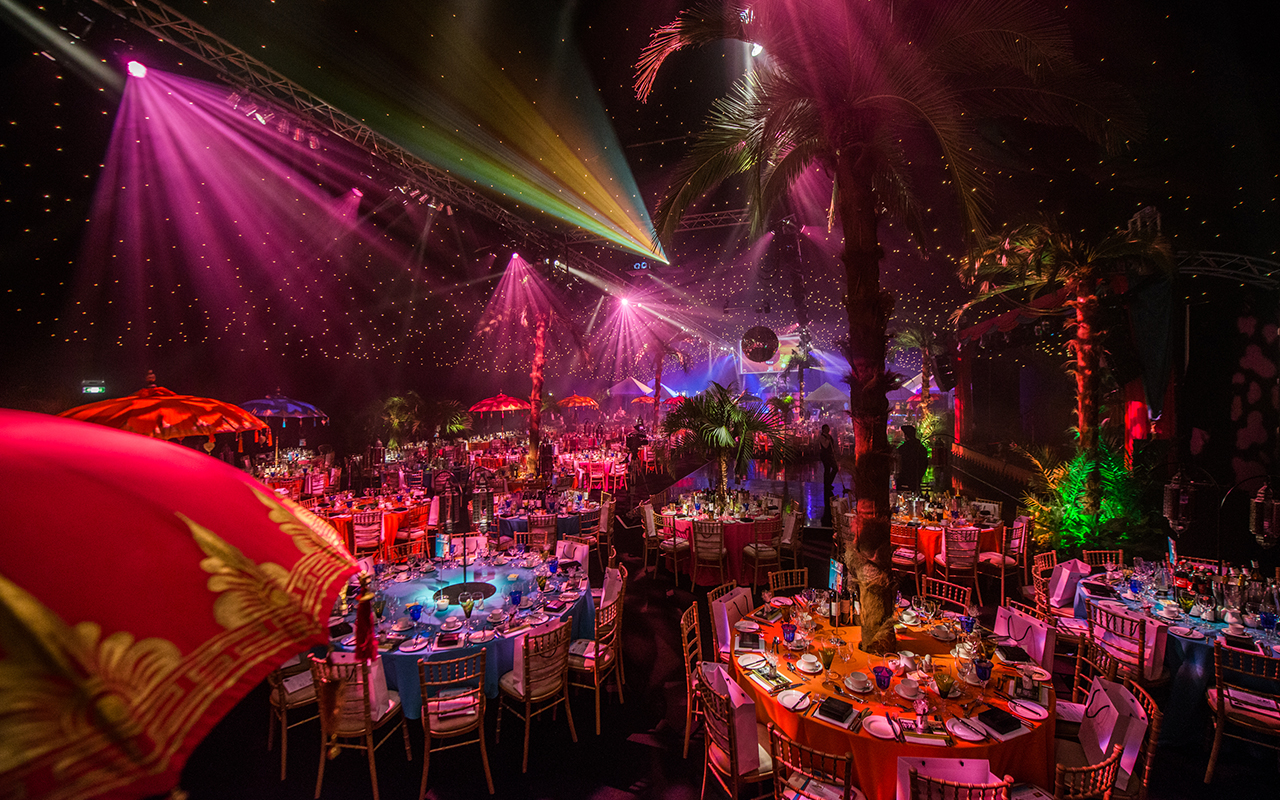Selecting the Ideal Dot Pitch for Optimal LED Display Performance
Selecting the Ideal Dot Pitch for Optimal LED Display Performance
Blog Article

When it comes to light-emitting diode walls, one of the important elements to consider is pixel pitch. Pixel pitch is defined as the space between the centers of two adjacent pixels on an light-emitting diode display. This measurement is usually expressed in mm. Grasping pixel pitch is essential because it directly affects the clarity and definition of the visuals displayed. A smaller pixel pitch means that the pixels are nearer together, resulting to a greater resolution, while a larger pixel pitch results in a diminished resolution. Thus, selecting the appropriate pixel pitch is vital for obtaining optimal LED wall performance.
The choice of pixel pitch frequently is influenced by the viewing distance. For example, if the LED wall is intended to be seen from a further away, a larger pixel pitch may be suitable. This is due to the fact that the human eye cannot easily discern individual pixels when they are farther away. On the contrary hand, if the wall will be observed up nearby, a reduced pixel pitch is necessary. In scenarios such as indoor events, where attendees are usually nearer to the screen, a reduced pixel pitch will offer a crisper and more distinct image. Therefore, understanding how viewing distance impacts pixel pitch is key to making an informed choice.
Another crucial factor is the intended use of the LED wall. Various applications, such as promotion, concerts, or conference meetings, may require different pixel pitches. For example, an light-emitting diode wall used for promotional purposes in a shopping center may benefit from a pixel pitch that facilitates vibrant colors and high detail so that it captures the focus of bystander shoppers. Conversely, an outdoor LED wall used at a concert may prioritize brightness and visibility rather than resolution, permitting for a larger pixel pitch. Thus, the particular context in which an light-emitting diode wall will be used is vital for establishing the appropriate pixel pitch.
Pricing is also a significant factor when choosing pixel pitch. Generally, LED displays with led wall for educational purposes smaller pixel pitches often to be more expensive due to the higher density of pixels and the sophisticated technology needed for manufacturing. While it may be enticing to opt for a high-resolution display with a small pixel pitch, financial constraints frequently necessitate a balance between quality and price. Businesses should evaluate their needs and determine how much they are willing to invest in an light-emitting diode wall, ensuring that the pixel pitch matches with their financial capabilities while still satisfying functional expectations.
Finally, it is essential to take into account the maintenance and longevity of the LED wall when choosing pixel pitch. Displays with smaller pixel pitches can sometimes be more fragile and may need more careful handling and maintenance. Regular upkeep is necessary to ensure that the display functions optimally over time. Understanding the maintenance needs and potential challenges associated with different pixel pitches can assist organizations make a more informed decision. By taking into account all these factors, including sight distance, planned use, budget, and maintenance, individuals can select the ideal pixel pitch for peak LED wall performance.